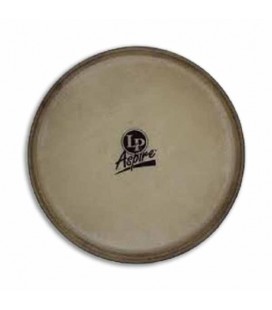 Stock available in aproximatly
3-4
weeks.
Stock available in aproximatly
3-4
weeks.
Pirastro Resin Cellisto 901200 for Cello
The Pirastro 901200 resin is cherry red, bright. It is a soft cello resin for cello with Pirastro quality.
 Stock available in aproximatly
3-4
weeks.
Stock available in aproximatly
3-4
weeks.
The origin of the resin can be recognized by its color. The pure French and North American resins have a light yellow color, while the pure German resin is brown. The pure natural resin is transparent, can be easily sprayed. It is soluble in alcohol and essential oils.
The pure resin undergoes various heating while the oil and other materials are added. This liquid is then poured into a mold to form the resin "cake" that the cellists use for the bow.
Each manufacturer has its own specific and secret procedure to make the resin. As a result, all resins on the market differ in quality and greatly impact the curvature technique and the sound color of an instrument. For the musician, it is important to carefully choose a resin that will help you have a more ideal "grip" of the bow while playing the strings.
You should always choose a high quality resin that will allow a perfect curl without harsh sounds, especially if only a thin layer of resin is applied. The resin used for cellos is a strong resin, less dry than that used on violins and violas and less soft than that used for basses.
Another important aspect for choosing the correct resin is the core material of which the ropes are made: for the steel ropes a hard, dry resin is used, for the synthetic or gut strings, a softer resin is used. Note also that experienced cellists prefer softer resin when playing studio and harder resin when playing in concert halls. Hard resin works best in tropical climates, while soft resin is good for cold climates.
Pirastro develops its own specific resins according to the technical requirements of different ropes lines. You should always consult the appropriate resin for Pirastro cello strings you are using, on Pirastro's website.
Each resin cake is glued onto a soft cloth which is then attached to a hard plastic grip, which prevents the musician's fingers from being exposed to the powder of the resin. It also makes it easier to apply.
When choosing the resin you are going to use, note the following:
- Steel strings are easier to play if you use a hard, dry resin.
- For synthetic, casing and coiled casing ropes, use a softer resin
- Experienced cellists prefer softer resin when playing in the studio and stronger resin in the concert hall.
- Harder resin works best in tropical climates, while soft resin is good for cold climates.
Specifications:
- For cello
- Made from natural resins and other selected components
- The Cellisto resin is glued to a fabric with a practical plastic holder
- Made in Germany
- With the quality of Pirastro


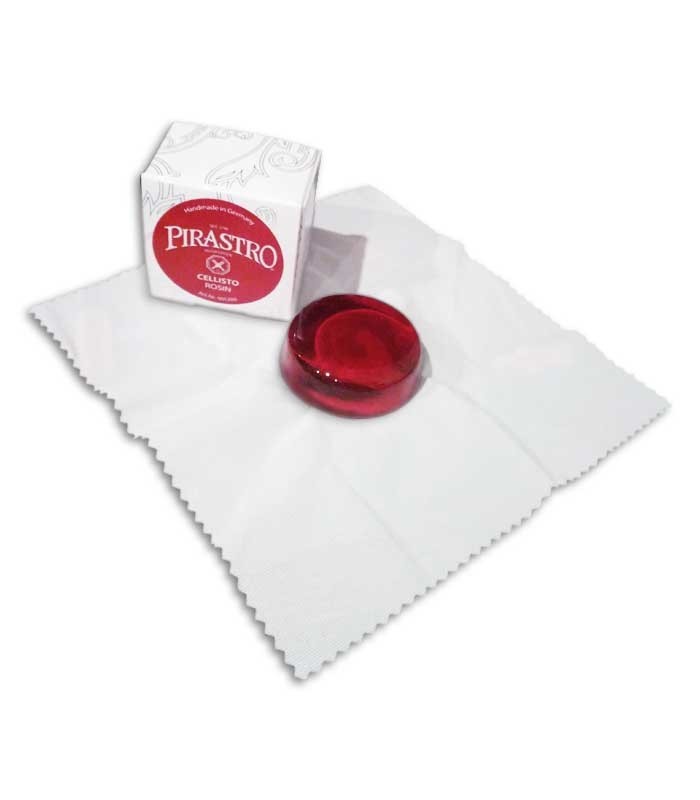











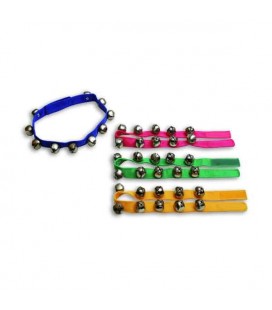
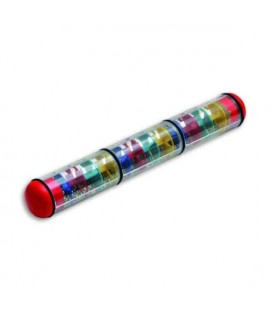
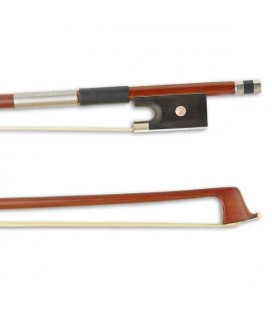

 Immediate availability
Immediate availability
